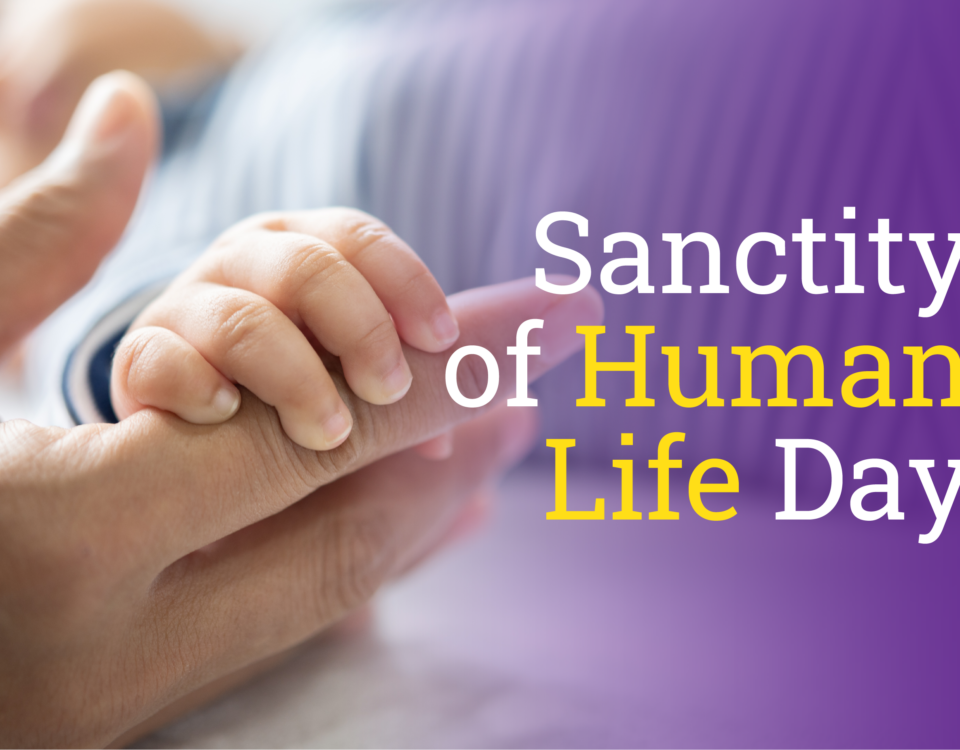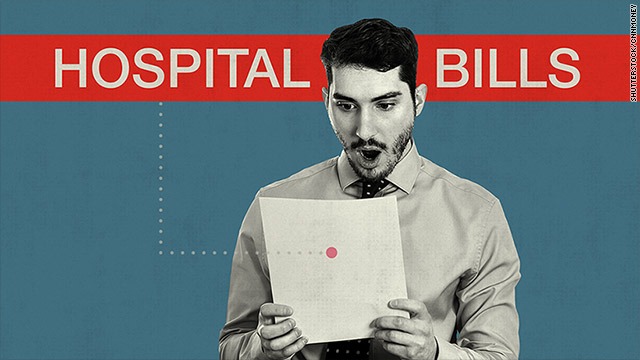Do You Want the Federal Government Paying for All Abortions?
October 29, 2009How to Keep Normal Labor Normal – Part 8 – Patience
October 31, 2009The Grass Is Not Always Greener: A Look at National Health Care Systems Around the World – Part 7 – Norway
In the midst of our national debate about healthcare reform, people on both sides of the debate seem to pick and choose among the facts and myths about the nationalized healthcare available in a number of other countries. The fact is that every nationalized health care system in the world is battling issues of rapidly rising costs and decreasing access to care. But, these systems also have some very attractive benefits. So, let’s take a look at the pro’s and con’s of the Norwegian system.
Michael Tanner, the director of health and welfare studies at the Cato Institute, is the coauthor of Healthy Competition: What’s Holding Back Health Care and How to Free It and the author of this series:
All Norwegians are insured by the National Insurance Scheme. This is a universal, tax-funded, single-payer health system. Compared to France, Italy, Spain and Japan, Norway has the most centralized system.
Percent Insured. 100%. All Norwegian citizens and residents are covered.
Funding. The National Insurance Scheme is funded by general tax revenues. There is no earmarked tax for health care. The Norwegian tax burden is 45% of GDP. The government sets a global budget limiting overall health expenditures and capital investment.
Private Insurance. Norwegians can opt out of the the government system and pay out-of-pocket. Many pay out-of-pocket and travel to a foreign country for medical care when waiting lists are long.
Physician Compensation. Hospital and nonhospital physicians generally are paid on a salaried basis. Some specialists can receive an annual grant and fee-for-service payments. Reimbursement rates, however, are set by the government and, unlike in France, the physician can not charge higher rates than the centrally-set reimbursement rate.
Physician Choice. Patients choose general practitioners (GPs) from a government list. These GPs then act as gatekeepers for specialist services. Patients can only switch GPs twice per year and only if there is no waiting list for the requested GP.
Copayment/Deductibles. There are no copayments for hospitals stays or drugs. There are small copayments for outpatient treatment.
Waiting Times. There are significant waiting times for many procedures. Many Norwegians often go abroad for medical treatments. The average weight for a hip replacement is more than 4 months. “Approximately 23 percent of all patients referred for hospital admission have to wait longer than three months for admission.” Also, care can be denied if it is not deemed to be cost-effective.
Benefits. Very generous. The program also provides sick pay. “As Michael Moore has noted, the Norwegian system will even pay for ‘spa treatments’ in some cases.”
Here are links to the entire series: The Grass Is Not Always Greener: A Look at National Health Care Systems Around the World




0 Comments
Thank you, Dr. Walt, for your series on health care systems around the world. Today: #7- Norway. We are Americans who lived in Norway in the mid-1980s. We were NOT under gov’t health care. I went to an orthopaedic surgeon there to get an opinion about my deteriorating club foot situation. (I was born with it). He had NO opinion, even after the xrays. The ONLY THING he said to me was, “Go to the States”.
Talk about taxation run amuck: In Norway, the gov’t even paid for flowers to be delivered to your hospital room!
We also lived on a Caribbean island in the Netherlands Antilles, a Dutch protectorate.
The gov’t health care there was pretty minimal. When our son was born with a club foot, the GP only said, “Go to the States.” Even though they had better doctors and hospitals on a neighboring island.
Then we lived in Holland, and the health care system there is inefficient in so many ways. Not that they don’t have some great doctors and hospitals. It was nearly impossible, however, to get an antibiotic when you were real sick with the flu. And over the counter meds? Nearly non-existent, except for aspirin.
I now live in the Midwest and just had hammertoes surgery a few weeks ago. The surgeon was fantastic, the followup was great. I could have gotten in the next day after calling the office saying I wanted to schedule a surgery sometime in the near future!
I am afraid of where this whole gov’t thing is heading, People still flock to the U.S for medical treatment, because we have the best in the world. And our doctors are constantly training and improving their skills. I doubt this could happen under state control.
Thank you, Dr. Walt, for this enlightening series. I hope people will wake up before we become another statistic to government takeover of our fantastic medical systems.